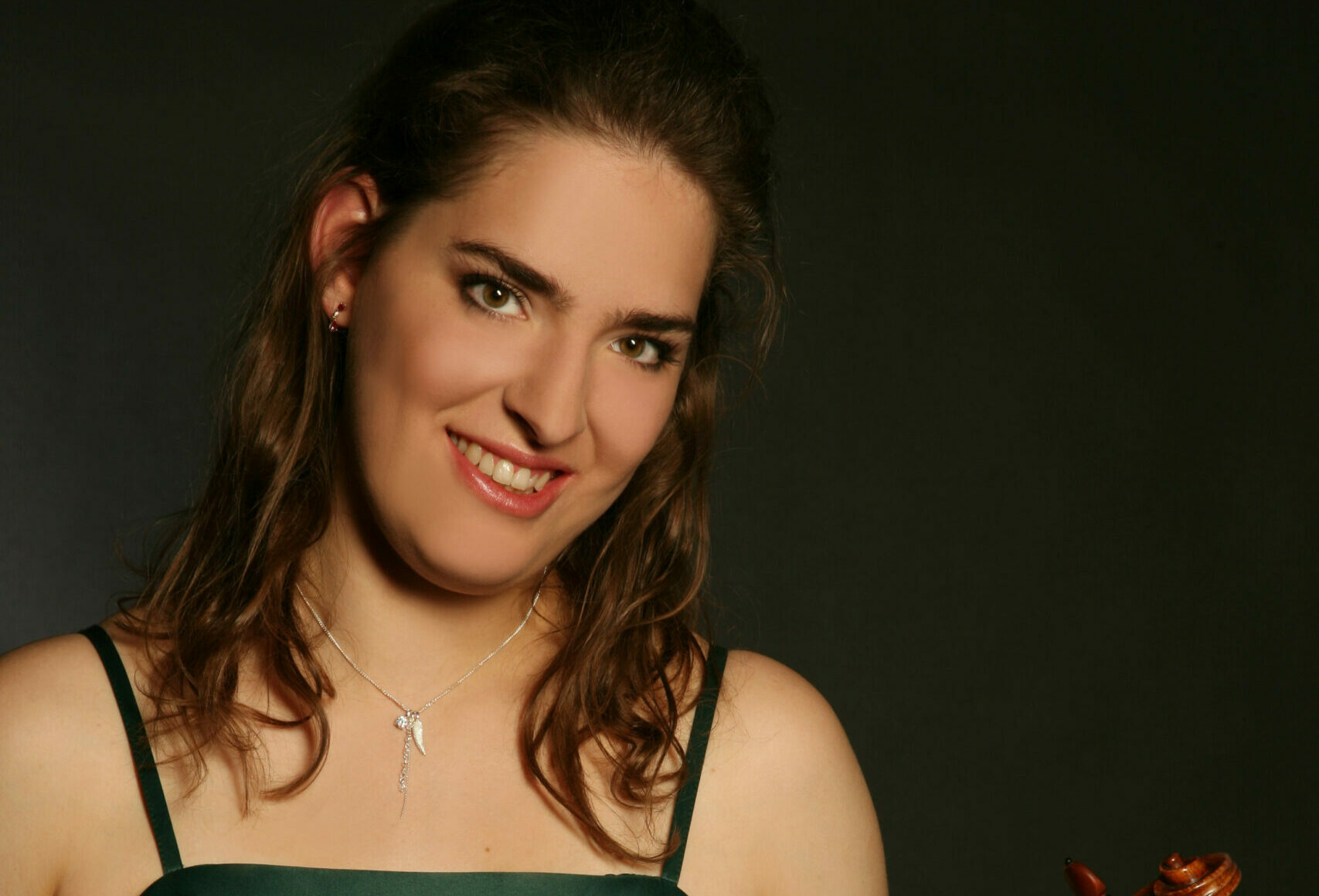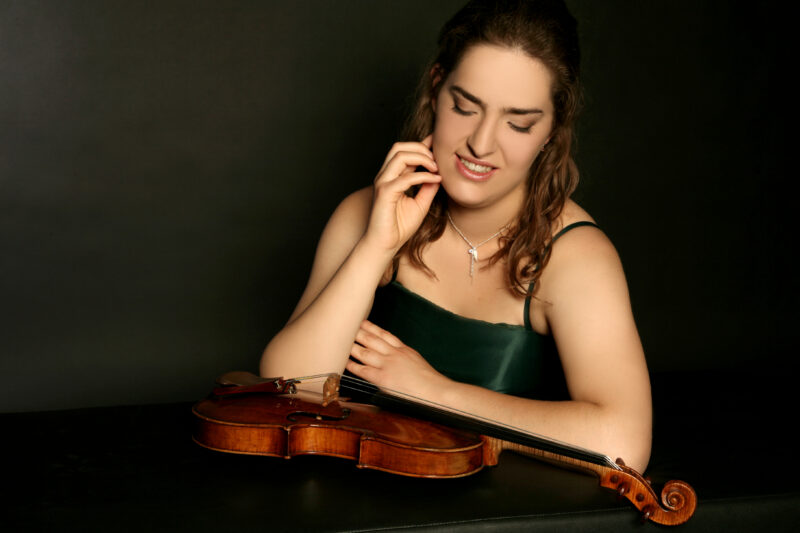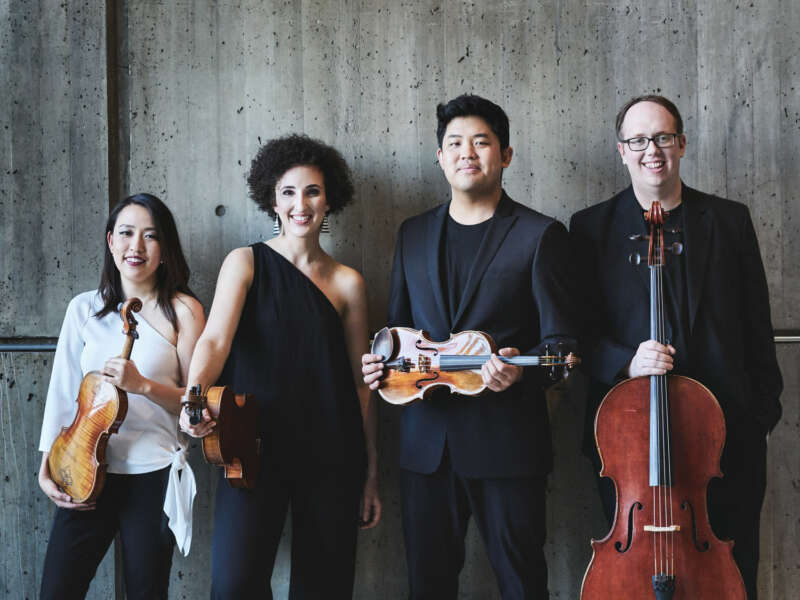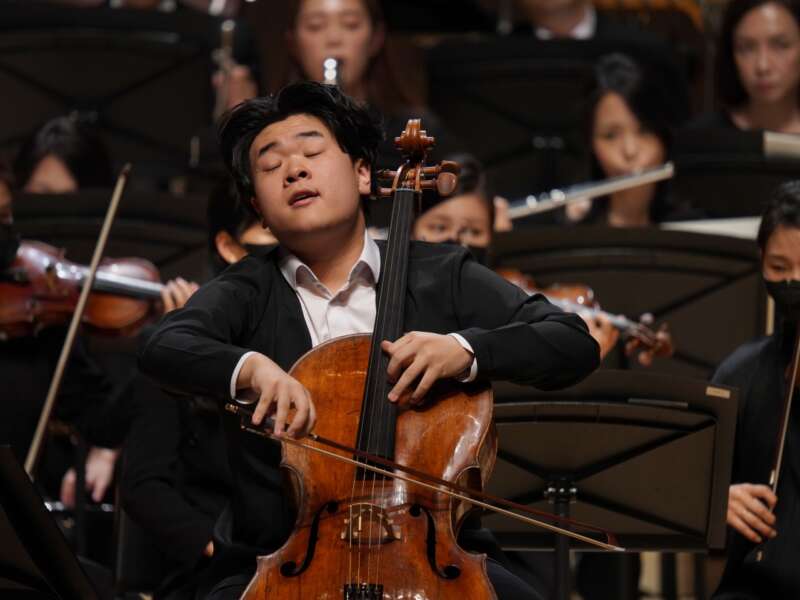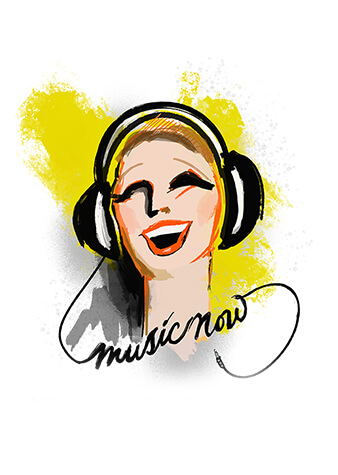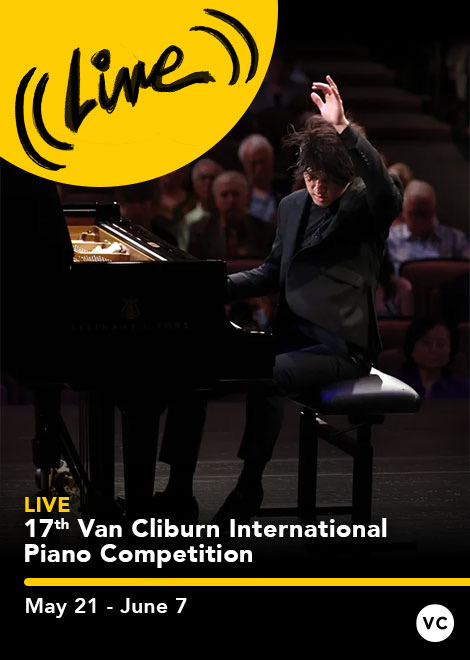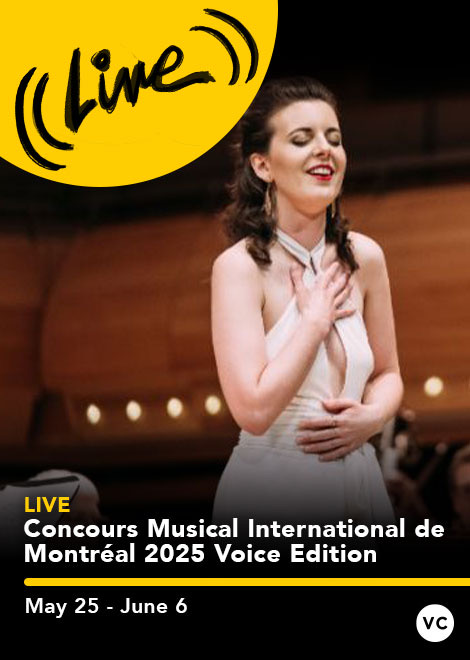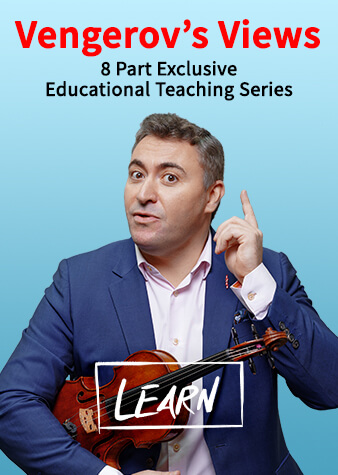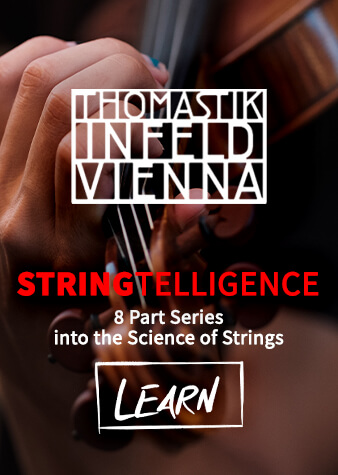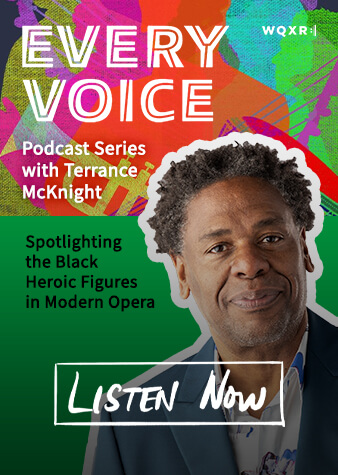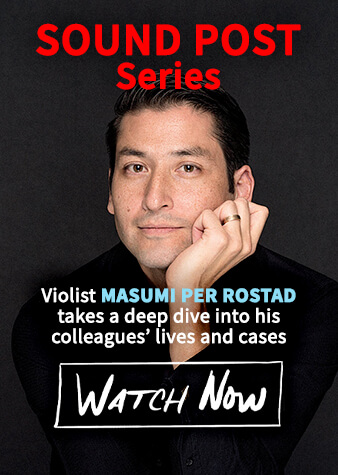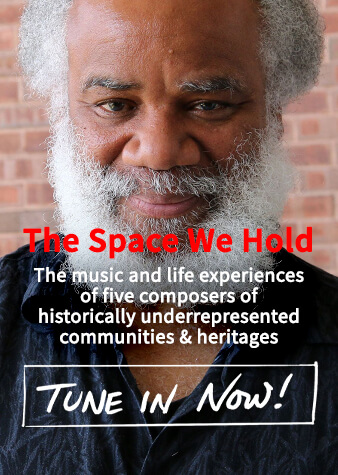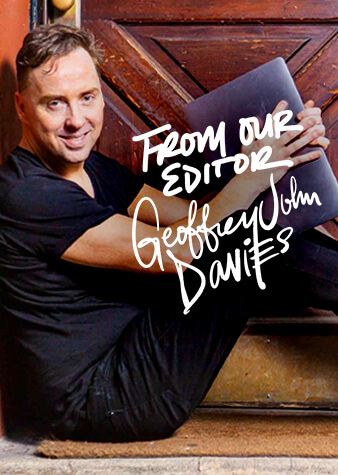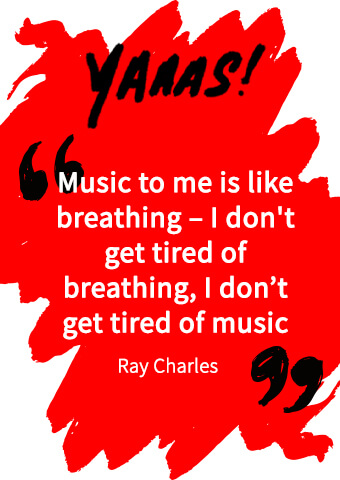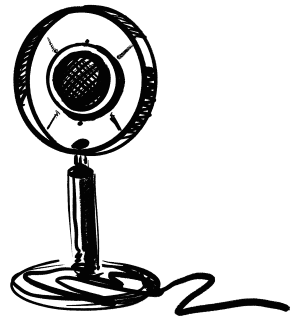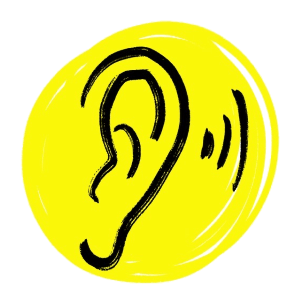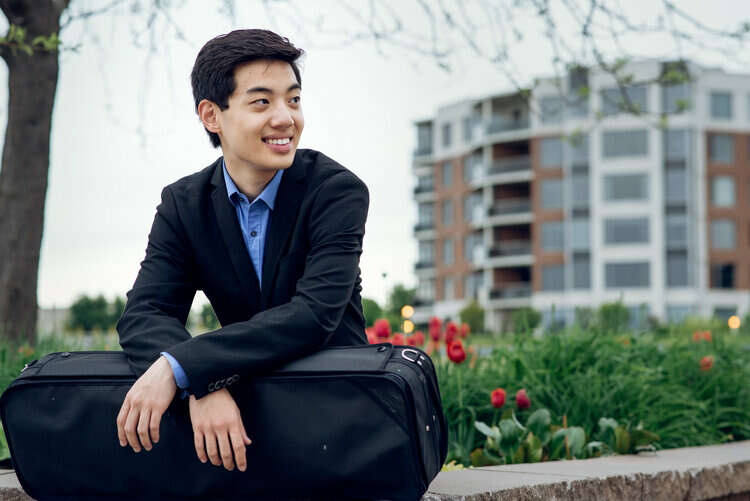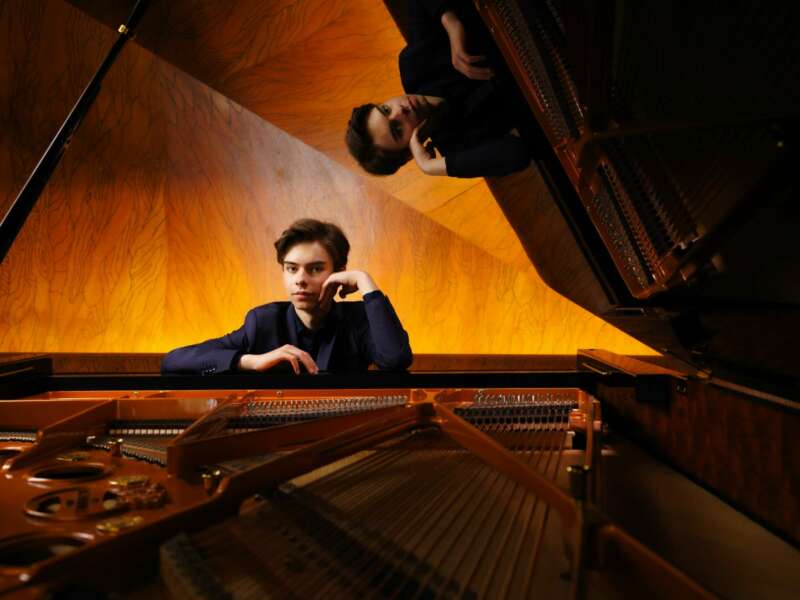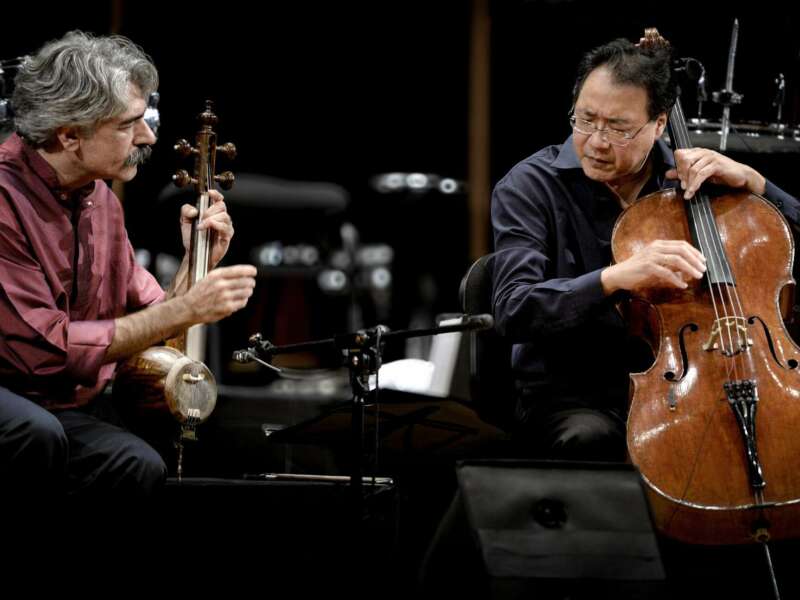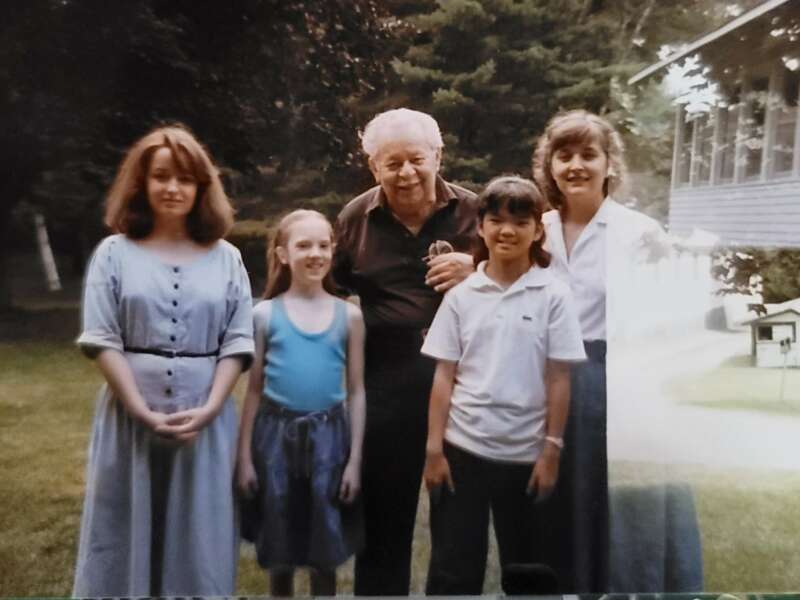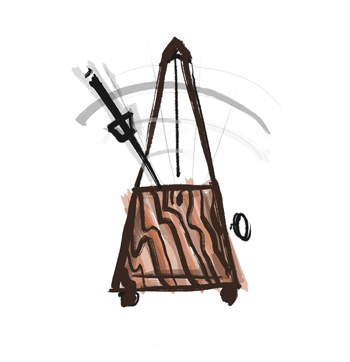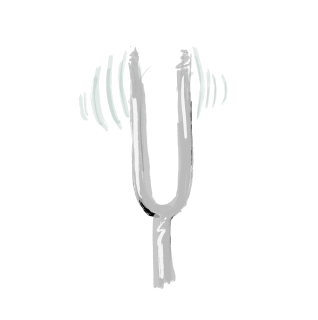Violinist Kathrin ten Hagen Discusses What Conservatories Look For in Potential New Students
"What do conservatories generally look for in a potential new student's playing?" We threw the question to Leipzig University of Music faculty member, Ms. Kathrin ten Hagen
Applying to conservatories is an important step towards becoming a professional musician. What are the main aspects to work on beforehand to ensure a good conservatory experience? The Violin Channel reader Judy, was keen to know more.
What did you focus your work towards when preparing for conservatories' auditions? Please let us know in the comments below. We’re all keen to learn more from you.
Kathrin ten Hagen on preparing for conservatories auditions
Dear Judy,
When I started to study with Donald Weilerstein in 2007, I was amazed at how different each of his students was playing, while you could make out a pure and moving quality in the sound that combined all of them. Later, I learned that this was the result of finding and listening for your own inner voice, of using your whole body to create exactly the kind of ring in your sound that matches your imagination.
Today, when I listen to a new student for the first time, I often think back to this experience. Although it is not easy to pinpoint separate criteria responsible for choosing a new student to work with, it is very important to me that a student has his or her own musical ideas: These can be shaped into an individual interpretation that we can aim for together. That is why I like to work with each potential new student several times, never just once. You need more time together to learn about a student’s sensitivity for different styles, sound colors, and intonation, about the ability to feel the friction of harmonies and rhythmic patterns, about the best approaches to improve a student’s technique and use of the body.
I think it is necessary to establish a relationship built on trust, to develop a new individual way of working with each student. For example, I had a student who made up his own stories for the works he was playing and often wrote them down, and this gave me a completely new way to work with him. So many aspects matter in the collaboration between student and teacher: What are your ideals, your cultural influences, what is important to you? What I love so much about teaching is that all this is part of what you want to express in your music, that I have students of so many different nationalities who can learn from each other and who I can learn from.
For me, it is essential to know what a student is aiming for in his or her playing. First and foremost, I want to help my students to find their own voice, their own style and message in the works they are playing. While I want them to create a wide picture of interrelations between different works and composers, between phrasing, articulation, and instrumentation, I also look for an interest in different forms of art in general, in structures, colors, gestures, language. This is something that I experienced as a student and teacher at the Yellow Barn Festival in Vermont, for example: Experimenting with new sound colors and working together with composers while devising and painting our own wall programs for the concerts was very inspiring.
When I start working with new students, I give them different exercises to choose from, many of them based on “The Art of Tone Production” by Carl Flesch, “The Art of Bowing” by Giuseppe Tartini, and “Contemporary Violin Technique” by Ivan Galamian.
Thus, I cannot only see if a student is ambitious and willing to work hard, but also if there is a creative approach to finding your own exercises and daily routines.
Moreover, it is important for me to see how a student can work with new ideas, to see a critical attitude as well as an openness to try out new possibilities. Of course, it is necessary to have a solid technical basis, and it is easier to develop this technique when you are young, but there are very different paths in music: If you know your goals and are willing to reach them, you can find a way to do so. Finally, I also like to see new students play chamber music together. There is not always time for this before I start working with my students on a regular basis, but if possible, I let them play duos together, come with their pianist, or I play polyphonic works together with them, dividing up the voices. Communication is important in every work, and possibly the best examples to show this are the Sonatas and Partitas by Johann Sebastian Bach.
— Kathrin
Do you have a burning question for one of the Pros? Simply email: [email protected]
A graduate of the Berlin University of Arts and the New England Conservatory, where she studied with Antje Weithaas, Igor Ozim, and Donald Weilerstein, Kathrin is a former prize winner at the Donald Portnoy, Max Rostal, Ruggiero Ricci, and Wolfgang Marshner International Violin Competitions — and the California International Young Artists Competition. She is a former teaching assistant to respected American violin pedagogue Donald Weilerstein — and currently serves a teaching position on faculty at the Leipzig University of Music.
july 2025
august 2025


